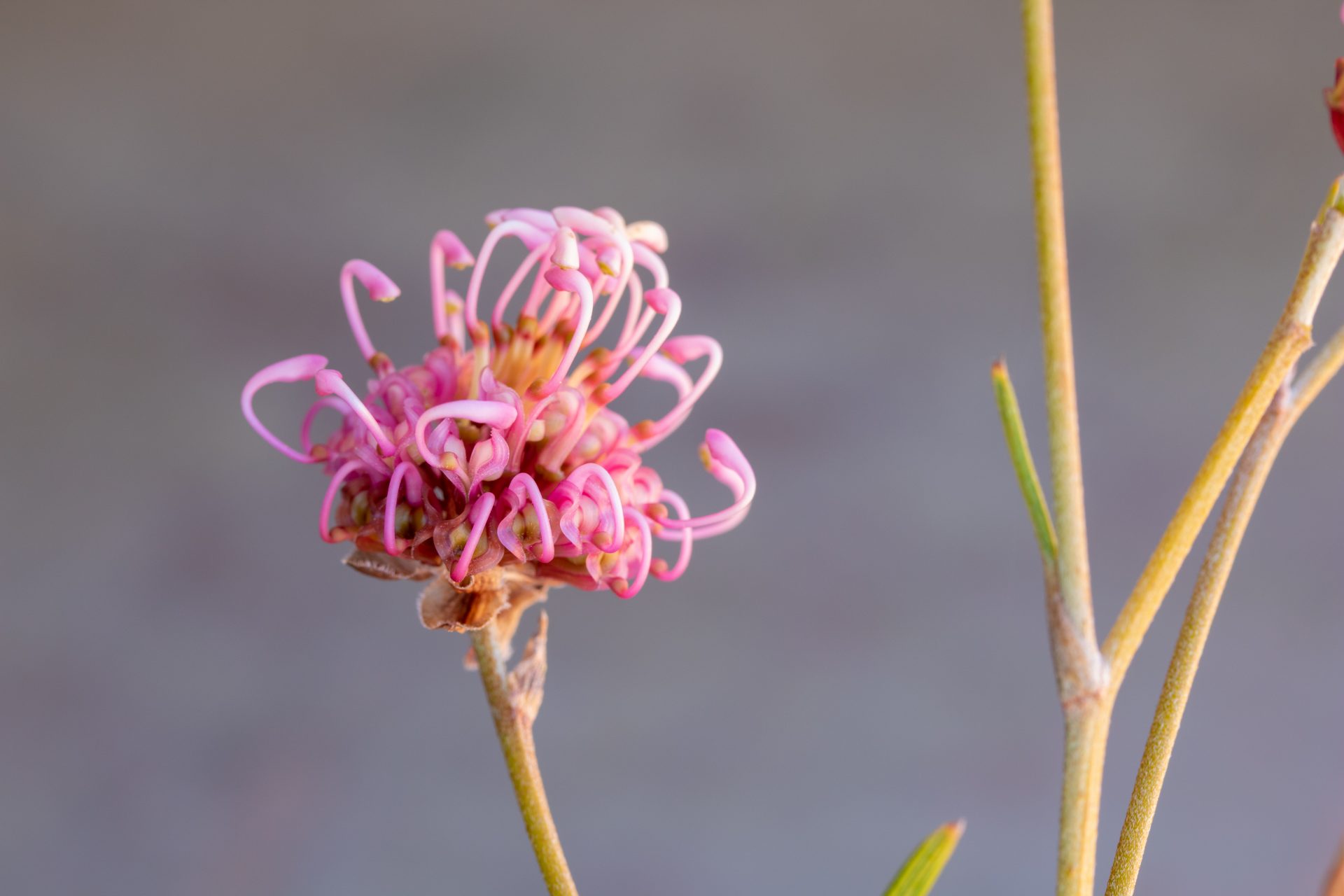The Rare Bloom Project™
A partnership to conserve Australian wildflowers
Project overview
During the summer of 2019–20, Australia experienced an unprecedented series of bushfires, causing extensive damage to the natural environment. The fires burned almost 10 million hectares of land, an area roughly the size of Portugal. This included peatlands, rainforests, and alpine habitats, with many of the most adversely impacted areas having never experienced fires before or, if so, not with such intensity.
In response to this event, WWF-Australia and Botanica by Air Wick partnered to create The Rare Bloom Project™. This three-year initiative, in collaboration with the Australian Seed Bank Partnership, aimed to complete a comprehensive national program of proactive seed collecting, germination trials, propagation, reintroductions, and long-term seed banking to support the conservation of 120 Australian native plants.
For more information on this partnership, you can visit the WWF-Australia and Botanica by Airwick websites.
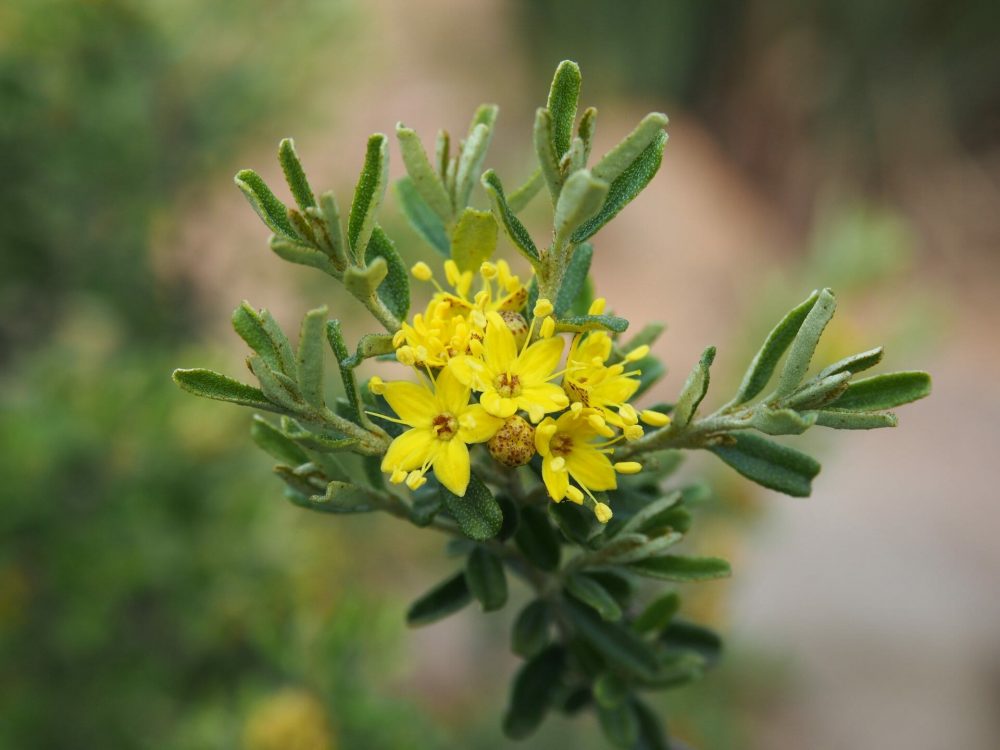
Aims
The collaboration aimed to improve conservation outcomes for 120 of Australia’s native wildflowers from fire affected and high-conservation-value areas, securing plants from the Australian Capital Territory, New South Wales, the Northern Territory, South Australia, Victoria, Tasmania and Western Australia.
Initial project activities
- Reconnaissance trips to monitor plant growth and flowering to ensure the timing of collecting trips coincided with optimum seed availability.
- Seed collections to act as insurance for Australia’s native wildflowers against loss from future environmental crises.
- Germination trials to provide scientists with knowledge of how to germinate plants from seeds and enable propagation.
- Surveys of native flora to ascertain vegetation condition, species abundance, population size, pests and disease presence and impact.
- Species propagated for reintroduction to the wild, and for living collections in botanic gardens.
Supplementary activities
- Thanks to generous support provided by Woolworths, an additional $120,000 allowed focussed conservation actions for one threatened species per year of the project.
- In April 2022, WWF‑Australia established a pop‑up fundraising boutique in Sydney titled ‘The Rare Bloom Florist’. The pop-up raised $2,500 through the sale of species-themed art, with funds donated to the Partnership to create a Student Research Scholarship.
Outcomes
Reconnaissance trips
To determine target species, the Partnership undertook extensive analysis of the information held by seed banks, botanic gardens, and herbaria, including new data gathered following the fires. The prioritisation of species at both the national and regional levels assisted seed banks to target their efforts. Once target lists were developed, partners undertook many reconnaissance trips to monitor target species.
Seed collections
262 collections secured for 153 species.
These seeds are vitally important, acting as insurance against widespread loss in case of future environmental crises. They ensure genetic material is represented and secured in long-term ex situ conservation seed banks, providing opportunities for future conservation and research.
Germination trials
218 trials completed for 66 species.
Germination trials produce valuable data about the germination cues and viability of seeds collected under the project.
The results of the scientific research improved the conservation potential for the species stored in seed banks and managed in situ.
Flora surveys
14 surveys completed for 14 species.
Rapid Flora Assessments are surveys of target species and their habitat to determine their phenology, population size, vegetation condition, and the presence of pests and disease. The data collected allows conservation managers to prioritise future seed collection and bushfire response.
Species propagated
11 species were propagated for ex situ conservation purposes including establishing:
- living collections for 4 species,
- seed production areas for 4 species,
- translocations for five species.
Scholarship
A project scholarship supported a 2023 Honours project which aimed to improve our understanding of how seeds age under different storage conditions, and to develop better methods of modelling seed ageing. The project was completed in collaboration with the University of Western Australia and Kings Park and Botanic Garden, discovering important knowledge for 13 native plants species.
Communication and knowledge sharing
Key to our cause is the sharing of knowledge and data to support environmental decision‑makers and on-ground practitioners to implement conservation strategies, policies and programs. The Partnership developed communications pieces related to the project including:
- The development of educational videos by our partners at the Australian Network for Plant Conservation which show how seed collections are used for translocation, and how Botanic Gardens play a crucial role in conservation for Australian native plants (see below).
- Participating in a project-related interview on ABC New England Northwest Breakfast Radio in December 2023.
- Publishing five articles in the Australasian Plant Conservation Bulletin.
- Hosting three planting days for WWF and Reckitt staff, providing educational experiences about the importance of plant conservation.
Woolworths activations
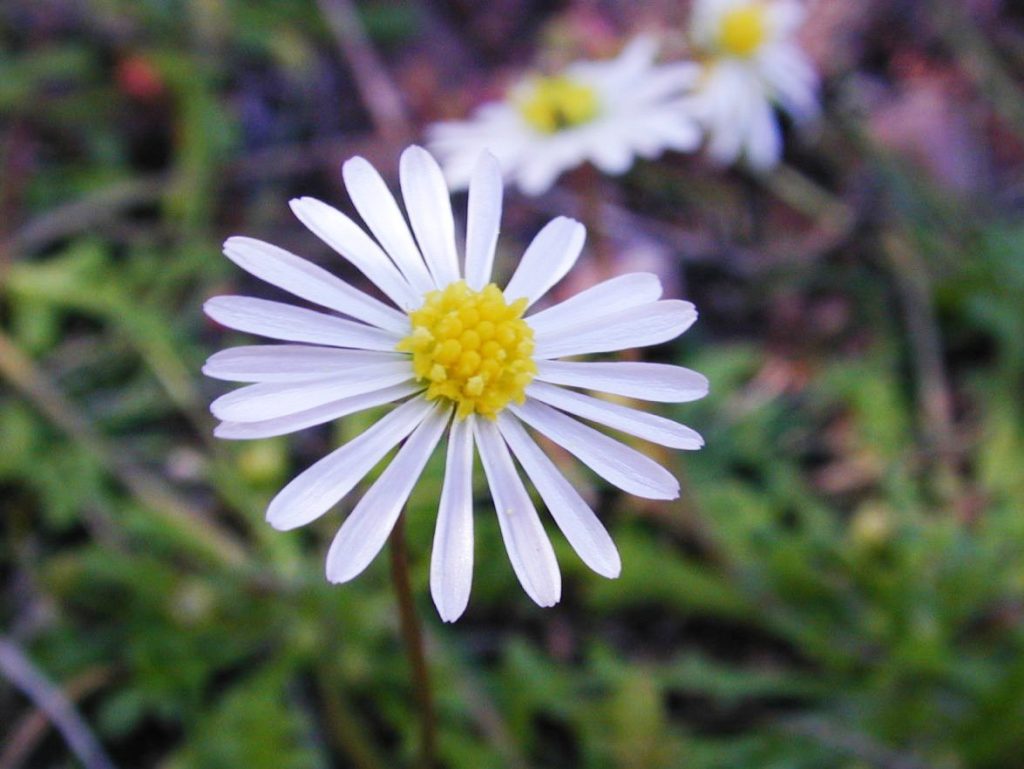
2021 activation: Corunna Daisy
The endangered Corunna Daisy (Brachyscome muelleri) is known from only one known location on the Eyre Peninsula of South Australia. It is threatened in the wild by invasive weeds and grazing by livestock, rabbits and goats.
To help conserve this species, seed that had been banked at the South Australian Seed Conservation Centre was propagated and 500 plants were established in a Seed Production Area at the Adelaide Botanic Gardens. The plants flourished, flowered, and produced over 55,000 seeds that were collected, banked and propagated again. An additional 250 plants were also successfully translocated into a South Australian Nature Reserve, securing a crucial insurance population for the species.
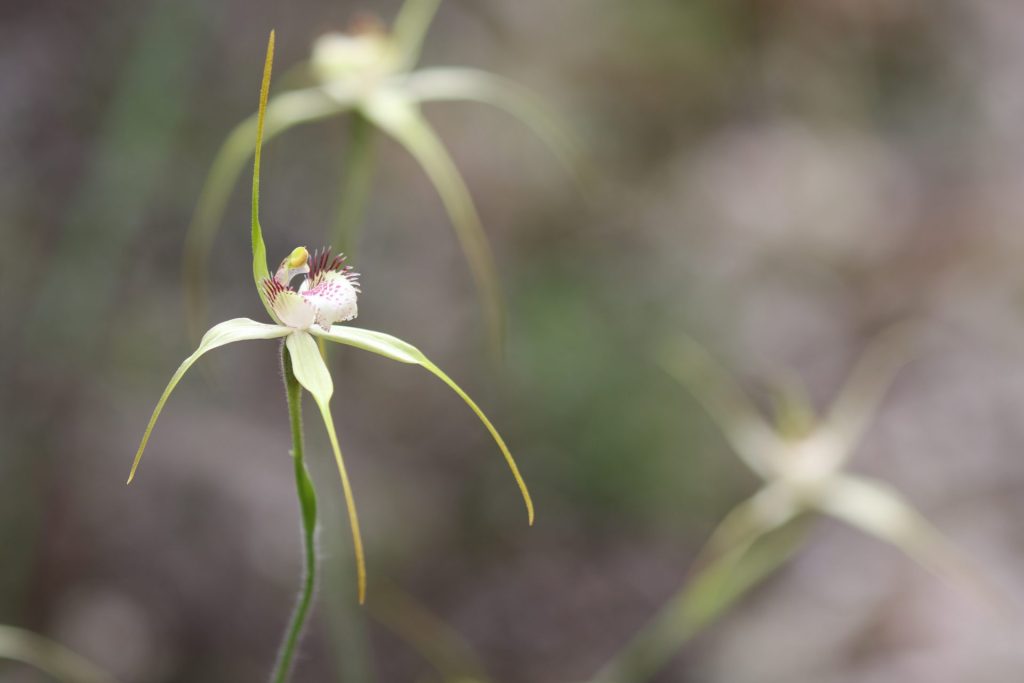
2022 activation: Bussell's Spider Orchid
The endangered Bussell’s Spider Orchid (Caladenia busselliana) was previously known from just 13 individuals in the Busselton region of southwest Western Australia. Support from this project allowed staff at Kings Park and Botanic Garden to successfully germinate this species from seed that was collected in 1999.
The germinants were carefully nurtured in the garden nursery while habitat surveys were conducted to detect orchid pollinators and thus identify the right sites for translocation. When an appropriate site was located and the orchids were old enough, 216 plants were successfully translocated, safeguarding the survival of this species. A number of the orchids were also planted in the conservation garden at Kings Park as an education tool for visitors.
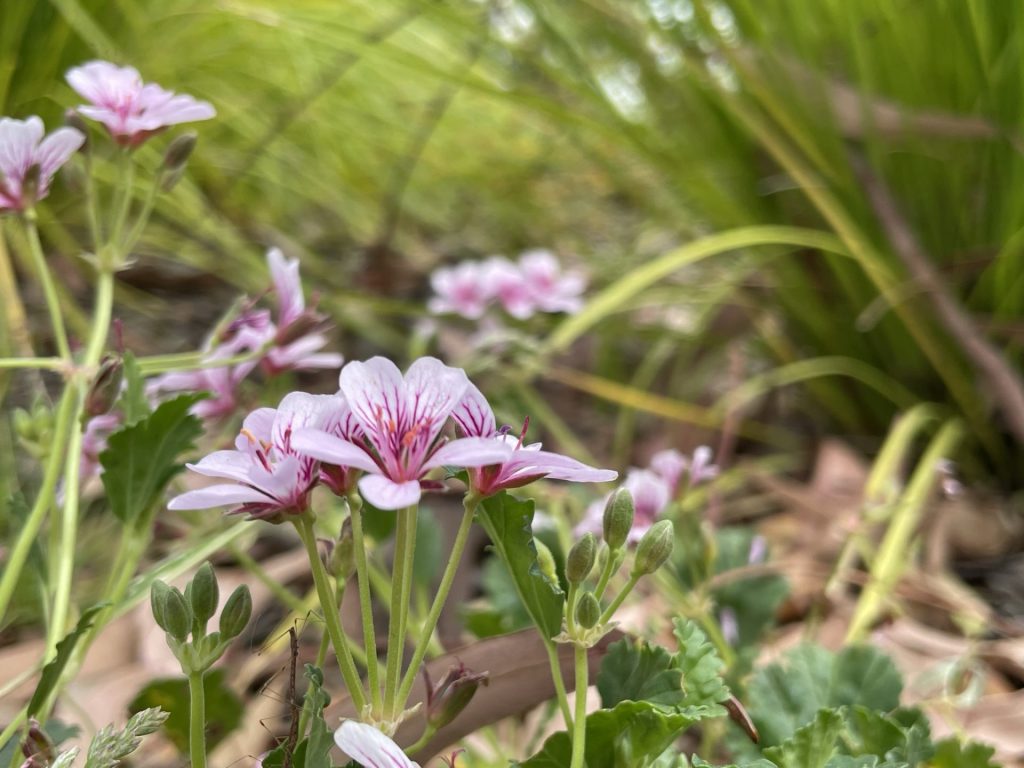
2023 activation: Omeo Storksbill
The endangered Omeo Storksbill (Pelargonium sp. Striatellum (G.W.Carr 10345)) is restricted to only four locations in NSW. It lives within a narrow habitat just above the high-water level of lakes and is threatened by grazing pressure in its habitat, infestation of invasive weeds, and land use changes.
In 2023, staff at the Australian National Botanic Gardens undertook a suite of conservation activities for this species. This included undertaking seed collections from wild populations for research and conservation banking; testing seed germination and propagation methods to develop the first documented seed germination and plant propagation protocols for this species; and propagating plants and establishing a living collections at the Botanic Gardens. A germination and propagation fact sheet for this species is available for free download here.
Project highlights
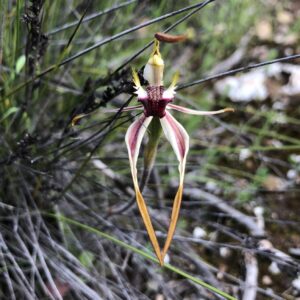
South Australian Seed Conservation Centre – Botanic Gardens and State Herbarium of South Australia
The South Australian Seed Conservation Centre held a workshop in early 2023 for Yorke Peninsula farmers to discuss threatened flora in and around their properties. This included a field excursion to a remnant woodland on a farm property that contained many rare orchids and other threatened species. The workshop received great engagement and resulted in attendees discovering a new population of the endangered Large Club Spider-orchid (Caladenia macroclavia) in the days following. This is the fourth known and now largest known population for this endangered and endemic. A seed collection was made from this population, and its protection is now being coordinated by the farmers that made this discovery.
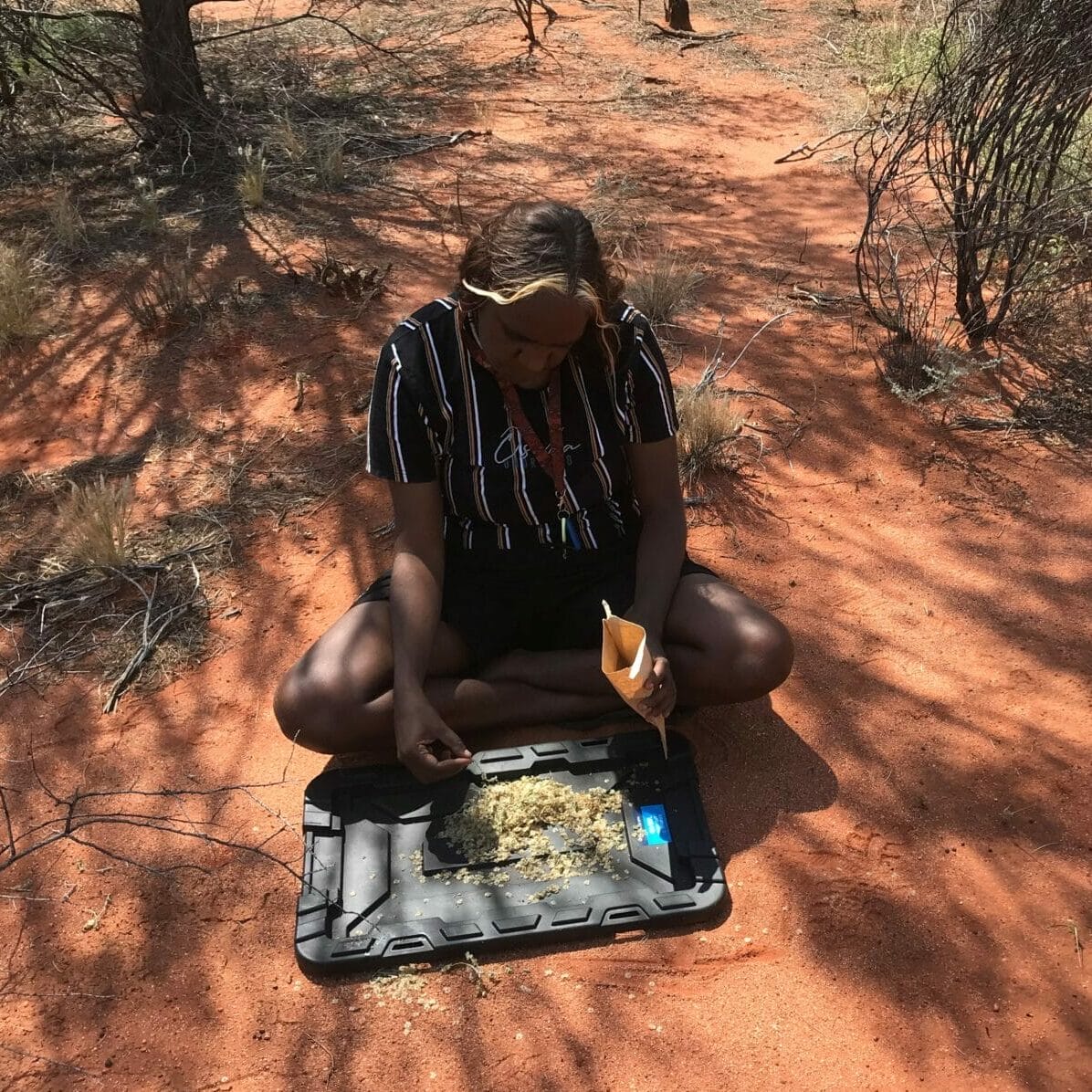
National Seed Bank – Australian National Botanic Gardens
In an effort to include Northern Territory flora in the project, the National Seed Bank (NSB) travelled to Uluṟu-Kata Tjuṯa National Park. Collecting seed alongside Aṉangu Traditional Owners was a major highlight of this project and important for the NSB’s ongoing conservation work at the park. Through this project, staff began building relationships with Aṉangu people to undertake seed collecting in a respectful way, and to provide opportunity for two-way-learning. This resulted in a successful collecting trip that has laid the groundwork to develop further plant conservation projects and exchange additional further skills in the future.
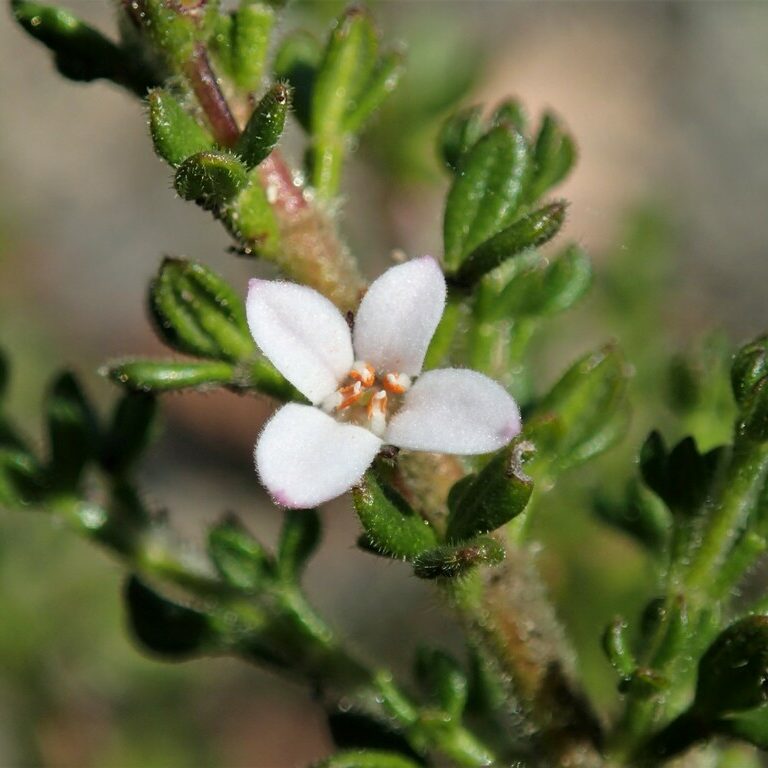
The Victorian Conservation Seedbank – Royal Botanic Gardens, Victoria
A specific highlight for the Victorian Conservation Seedbank was the relocation of mature, unburnt plants of the lemon scented Zieria (Zieria citriodora), and the banking of a small but important seed collection from these. At least 50 per cent of the geographic range this species was impacted by the 2019–20 fires and the last herbarium collection of this vulnerable species was made in 1988. Post-fire recruitment from seed was observed which indicates that the population is likely to persist, and an ex situ living collection has been established at RBGV’s nursery from cuttings taken for vegetative propagation, supporting further seed collections into the future.
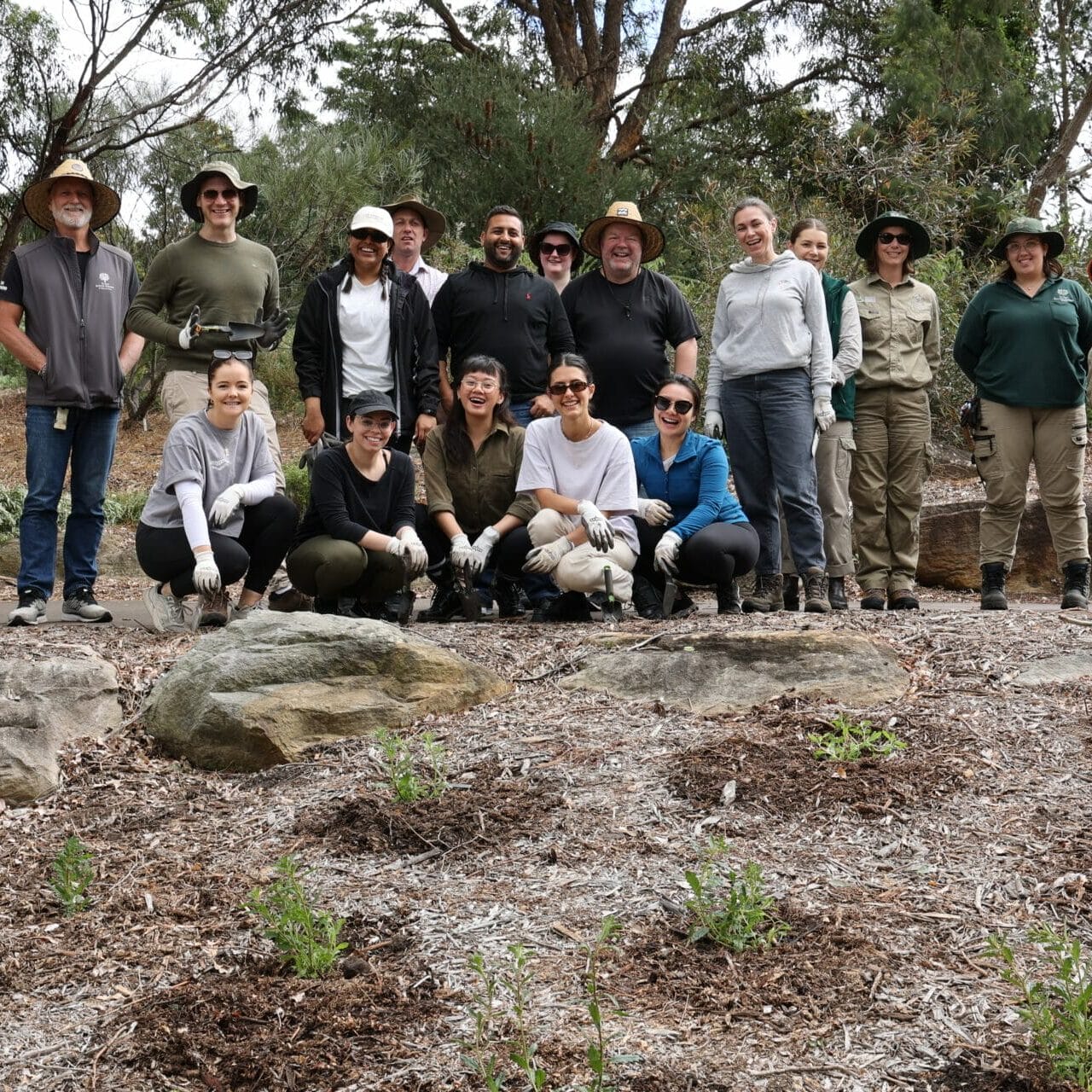
The Australian PlantBank – The Australian Botanic Garden, Mt Annan
In 2023, 100 seeds of the Oak Leaved Olearia (Olearia quercifolia) were propagated at the Australian Botanic Gardens (ABG). Of these, 60 plants were successfully germinated to be used at a restoration planting on the 18th of October 2023. The planting day was a successful event led by the ABG Seed Bank and Horticulture teams. Staff from Reckitt spent the day at ABG helping to plant tubestock in the Connections Garden, as well learning about the conservation work undertaken at the gardens, including the Living Collection and Seed Bank collection, and were given a tour of the facilities
Acknowledgements
Funding for this project was provided through a partnership between Botanica by Airwick and WWF-Australia, with additional funding provided by Woolworths.
The following Partners were involved in this project
Australian Network for Plant Conservation
The Australian PlantBank
The Australian Botanic Garden, Mt Annan, Botanic Gardens of Sydney
National Seed Bank
Australian National Botanic Gardens, Australian Capital Territory
South Australian Seed Conservation Centre
Botanic Gardens and State Herbarium, South Australia
Tasmanian Seed Conservation Centre
Royal Tasmanian Botanical Gardens
The Victorian Conservation Seedbank
Royal Botanic Gardens Victoria
The Western Australian Seed Centre
Kings Park, Botanic Gardens and Parks Authority
The Western Australian Seed Centre
Kensington, Department of Biodiversity, Conservation and Attractions
